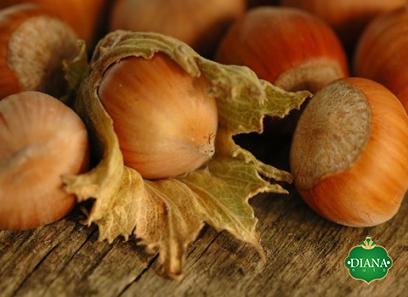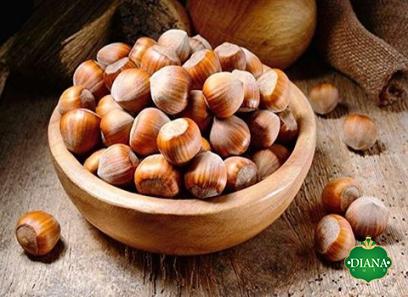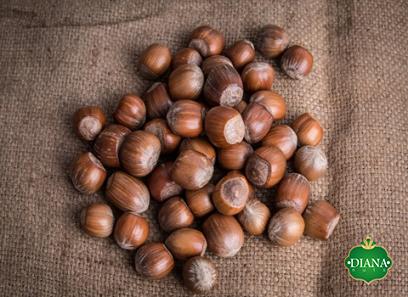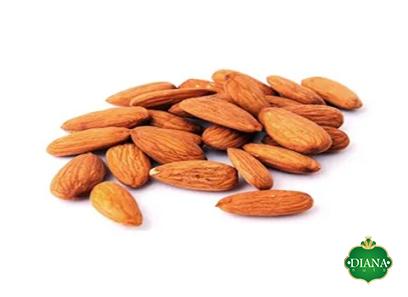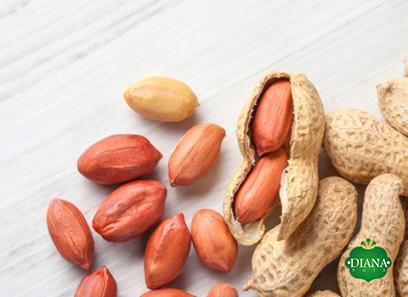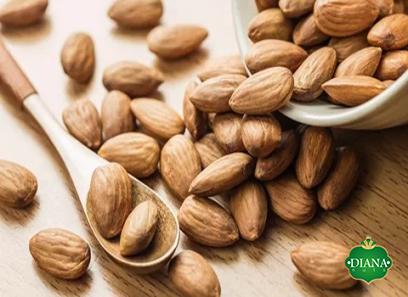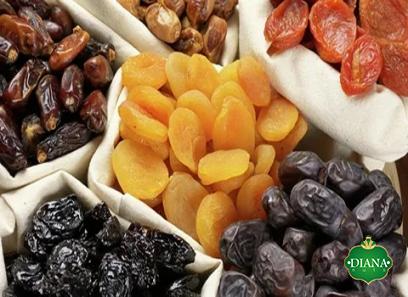Iran has long been renowned for producing some of the finest pistachios in the world. With a rich history rooted in ancient Persia, this Middle Eastern country’s pistachios have earned a reputation for their superior quality, distinct flavor, and unique attributes. In this article, we explore the factors that contribute to Iran’s status as a leading producer of pistachios and delve into the types, cultivation methods, health benefits, and global demand for these exquisite nuts.
1. A Legacy of Excellence:
Iran’s pistachio industry has a deep-rooted history that dates back over 2,000 years. The country’s favorable climate, with its hot, dry summers and cold winters, provides ideal growing conditions for the cultivation of pistachio trees. The favorable combination of geographical location, climate, and soil composition in regions such as Kerman, Rafsanjan, and Sirjan, have contributed to Iran’s ability to produce some of the highest-quality pistachios.
2. Varieties of Iranian Pistachios:
Iranian pistachios come in various sizes and flavors and are typically categorized into four main types: Kerman, Akbari, Ahmad Aghaei, and Fandoghi. The Kerman variety, known for its large size, light color, and distinctive sweet taste, is highly sought after in international markets. Akbari pistachios, with their elongated shape and creamy texture, are often favored by gourmet connoisseurs. Ahmad Aghaei, featuring a rich, earthy flavor and a more oval shape, is a popular variety for both domestic consumption and export. Finally, the Fandoghi pistachio, with its smaller size and vibrant green color, is widely used in confectionery and baking.
3. Cultivation and Harvesting:
The cultivation of pistachios in Iran involves a careful and time-intensive process. Pistachio trees thrive in well-drained soil and require minimal water, making them well-suited to Iran’s arid regions. The trees undergo a four-year maturation period before bearing their first substantial crop. The pistachios are harvested by shaking the trees, allowing the ripe nuts to fall onto specially laid-out nets. Traditional methods are still employed in some areas, but modern harvesting practices have become more common, ensuring the preservation of the nuts’ quality.
4. Unparalleled Flavor and Quality:
Iranian pistachios owe their unique flavor profile to a combination of factors, including the country’s climate and soil composition. The prolonged sunshine hours and temperature fluctuations during the day enhance the development of natural sugars in the nuts, leading to their distinctive sweetness. The soil composition in Iran also contributes to the rich and creamy texture of the pistachios. These factors, coupled with the meticulous harvesting and processing methods employed by local farmers and producers, have given Iranian pistachios a reputation for their exceptional taste and quality.
5. Health Benefits and Nutritional Value:
Beyond their delightful flavor, Iranian pistachios boast several health benefits. They are a rich source of essential vitamins, minerals, and healthy fats, making them a valuable addition to a balanced diet. The nuts are packed with nutrients such as potassium, vitamin B6, and healthy monounsaturated fats, which are known to support heart health and promote overall well-being. Additionally, their high fiber content aids in digestion and promotes satiety, making them a satisfying and nutritious snack option.
6. Global Demand and Trade:
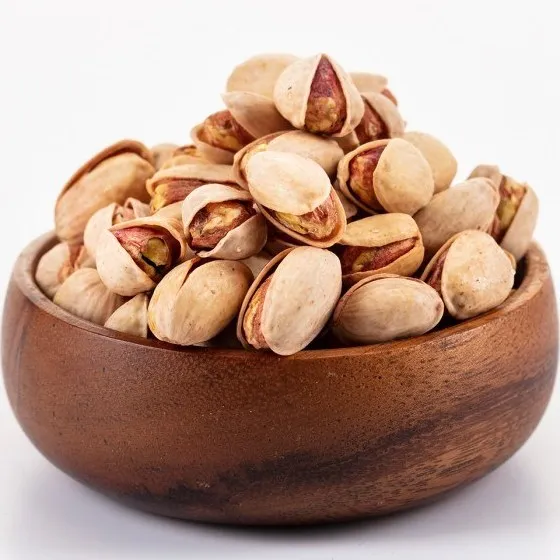
Iran is the largest producer and exporter of pistachios globally, accounting for a significant share of the international market. The distinct flavor, premium quality, and diversity of Iranian pistachios drive their high demand across various industries, including confectionery, baking, and food processing. Countries such as the United States, European Union members, and countries in the Middle East are key importers of Iranian pistachios.
7. Challenges and Opportunities:
Despite its position as a dominant player in the global pistachio market, Iran’s industry faces several challenges. These include climate change, water scarcity, pests, and diseases that can affect crop yields. However, the Iranian government acknowledges the importance of the pistachio industry and is implementing measures to address these challenges adequately. In recent years, efforts have been made to increase investment in modern processing facilities, enhance farming practices, and improve international trade relations.
Conclusion:
Iranian pistachios have long been recognized as some of the finest in the world, thanks to their unique flavor profile, exceptional quality, and rich cultural heritage. With a diverse range of varieties, cultivation methods that harness the country’s distinct climate and soil conditions, and an increasing focus on sustainable farming practices, Iran continues to solidify its standing as a leading producer and exporter of pistachios. From their nutritional benefits to their delectable taste, the allure of Iranian pistachios continues to captivate consumers worldwide.I. Economic Importance of Iranian Pistachios
Iranian pistachios play a crucial role in the country’s economy, contributing significantly to its agricultural sector and export revenue. The pistachio industry provides employment opportunities for thousands of people, from farmers and processors to exporters and traders. The revenue generated from pistachio exports helps strengthen Iran’s economy and supports various sectors, such as transportation and packaging industries, which are involved in the supply chain. The success of the pistachio industry is not only important for the livelihood of farmers but also for the overall economic prosperity of the country.
II. Market Trends and Demand for Iranian Pistachios
Iranian pistachios are in high demand globally, with a consistent increase in their consumption over the years. The distinctive taste and quality of Iranian pistachios have made them a preferred choice in international markets. The Middle East, Europe, and the United States are the primary importers of Iranian pistachios. The growing health consciousness and the increased preference for natural and nutritious snacks have further contributed to the rising demand for pistachios. As a result, Iranian producers and exporters continue to explore new markets and establish trade relations to cater to the increasing global demand.
III. Export and Trade Policies
Iran’s pistachio industry is heavily regulated by the government, which has implemented several policies to ensure quality control and maintain a fair and transparent trade environment. The Agricultural Jihad Ministry oversees the production and export of pistachios and issues licenses to farmers and exporters. Exporters must adhere to strict standards and regulations regarding grading, packaging, and quality of the pistachios to maintain the reputation of Iranian pistachios in international markets. The government also provides support through financial incentives, subsidies, and research and development programs to promote the growth and competitiveness of the industry.
IV. International Competitors
While Iran is the leading producer and exporter of pistachios, it faces competition from other countries such as the United States, Turkey, and Syria. Each country offers unique varieties and flavors of pistachios, and the global market is diverse and dynamic. However, Iranian pistachios maintain a competitive edge due to their distinct characteristics, exceptional quality, and rich history. The industry’s ability to adapt to changing market trends, invest in technology, and maintain high production standards is key to sustaining its position in the global market.
V. Challenges and Future Opportunities

The pistachio industry in Iran faces several challenges that can impact production and export. Climate change poses a significant threat, as rising temperatures and changing weather patterns can affect crop yields and increase the risk of pests and diseases. Water scarcity is another critical concern, as pistachio trees are water-intensive and require careful irrigation management. Additionally, global trade dynamics, geopolitical factors, and economic sanctions can pose challenges for Iranian exporters.
However, there are also opportunities for the Iranian pistachio industry to thrive. The increasing focus on sustainable and organic production methods presents an opportunity for Iranian producers to differentiate themselves in the market. Investing in research and development to develop new varieties with enhanced characteristics can also provide a competitive advantage. Furthermore, leveraging modern technology and adopting efficient farming practices can help mitigate the impact of climate change and water scarcity.
VI. Marketing and Branding Strategies
Effective marketing and branding strategies are crucial for the success of Iranian pistachios in the global market. Iran has started to focus on promoting its pistachio industry through various initiatives, such as participating in international trade shows, organizing promotional events, and facilitating direct interactions between buyers and producers. Establishing strong partnerships with distributors and retailers in key markets can help increase visibility and accessibility of Iranian pistachios. Emphasizing the unique features, nutritional benefits, and cultural heritage associated with Iranian pistachios can further enhance their appeal to consumers worldwide.
VII. Value-Added Products and Diversification
In recent years, there has been a growing trend of adding value to pistachios by creating innovative and diverse products. Apart from the traditional consumption of pistachios as a snack, the industry has witnessed the development of pistachio-based spreads, butters, oils, and even pistachio flour for baking. These value-added products offer new market opportunities, appealing to consumers looking for versatile and healthy options. By diversifying its product offerings, the Iranian pistachio industry can attract a wider customer base and expand its market reach.
VIII. Ensuring Product Quality and Food Safety
Maintaining product quality and ensuring food safety are priorities for the Iranian pistachio industry. To meet international standards, producers and exporters comply with strict quality control protocols. This includes conducting regular inspections, implementing traceability systems, and complying with food safety regulations. Certifications such as ISO, HACCP, and GlobalGAP provide additional credibility and assurance to customers. By prioritizing quality and food safety, Iranian pistachios can continue to build trust and retain their reputation as a premium product in the global market.
IX. Consumer Awareness and Education
Increasing consumer awareness and education about the benefits and uniqueness of Iranian pistachios is critical to expanding their market share. Collaborations with nutritionists, chefs, and food bloggers can help create awareness campaigns and generate content that highlights pistachios’ health benefits, versatile usage, and cultural significance. Sharing recipes, conducting cooking demonstrations, and organizing culinary events can also engage consumers and showcase the versatility of pistachios, encouraging their inclusion in various cuisines and culinary creations.
X. Sustainable Practices and Social Responsibility
Sustainability and social responsibility are gaining importance in the global food industry. The Iranian pistachio industry can capitalize on this trend by adopting sustainable farming practices, such as water conservation techniques, responsible pesticide use, and waste management strategies. Moreover, investing in community development initiatives, supporting local farmers, and empowering women in the industry can contribute to its long-term sustainability and social impact.
Conclusion:
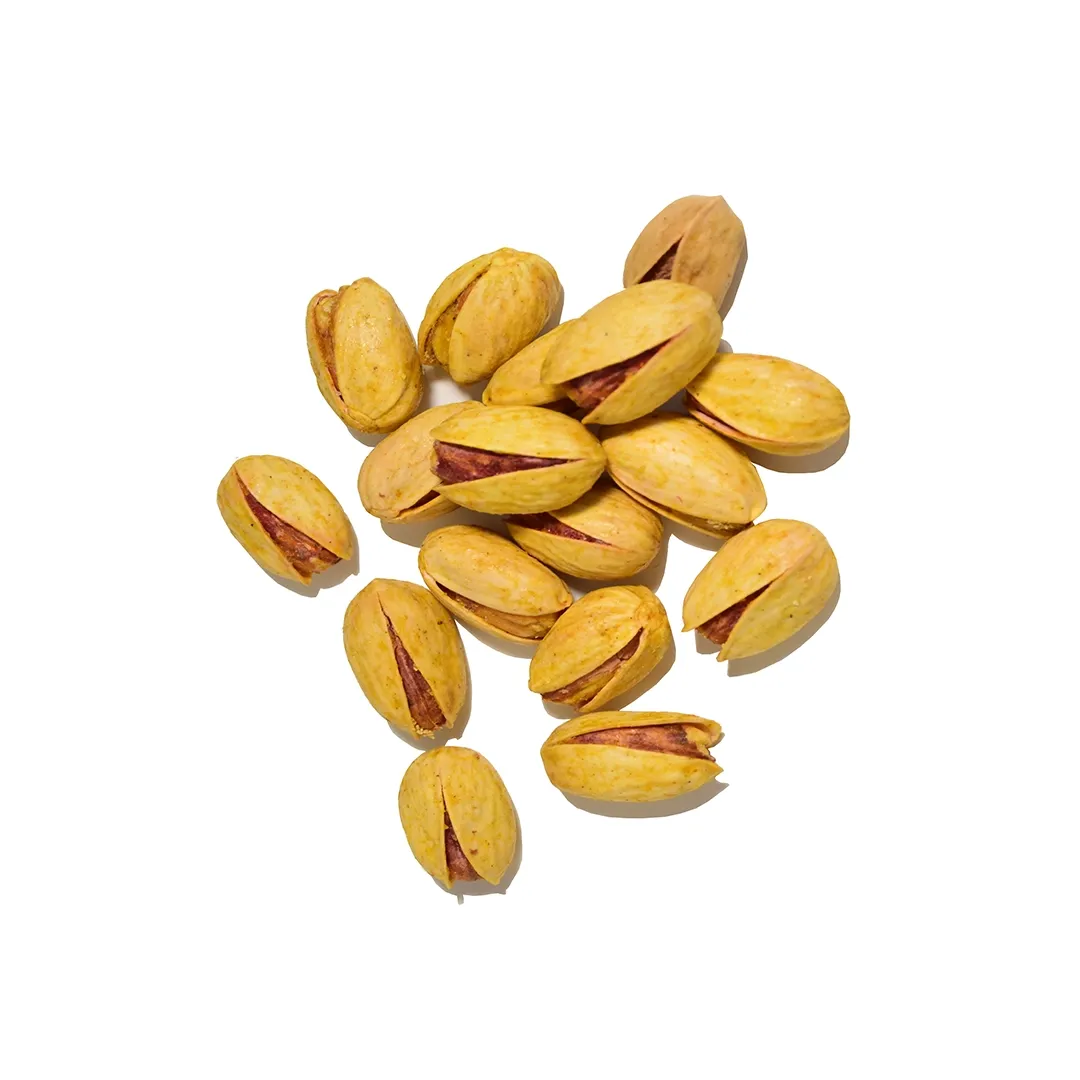
Iranian pistachios have earned a well-deserved reputation for their superior quality, distinct flavor, and unique characteristics. The country’s rich pistachio heritage, coupled with its commitment to maintaining high production standards, has solidified its position as a leading producer and exporter in the global market. With increasing demand and the potential for further market diversification, the Iranian pistachio industry has a promising future. By navigating challenges, embracing sustainability, and effectively marketing its products, Iran can continue to delight consumers worldwide with its exquisite pistachios.

